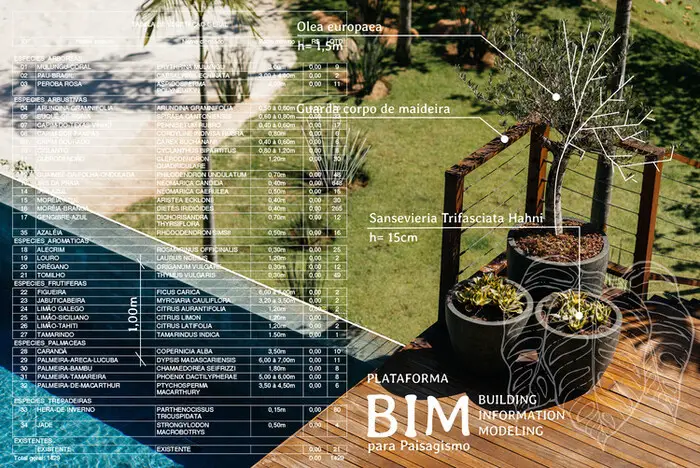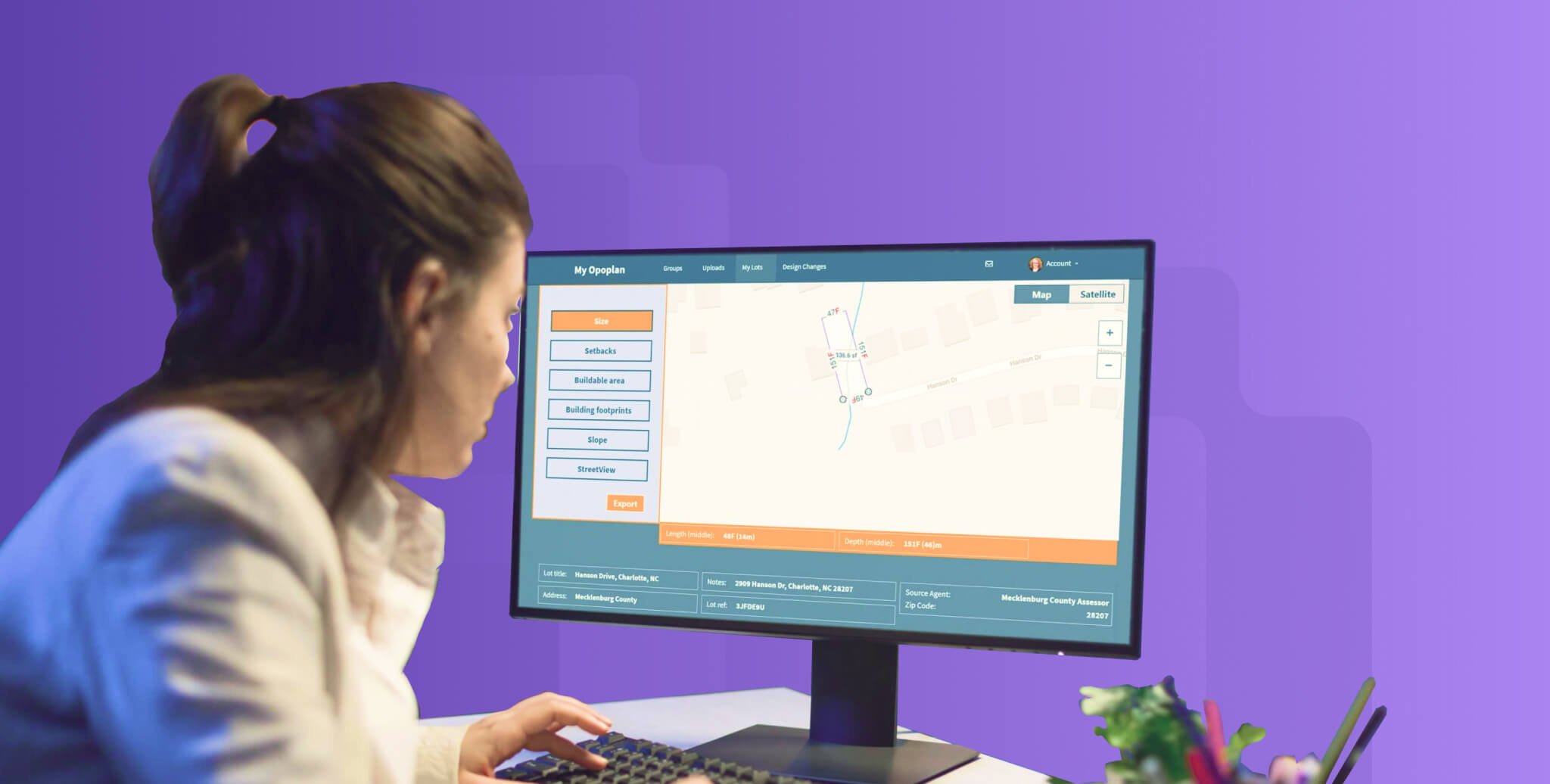Top 7 Remote Jobs For Architects To Explore

Table of Contents
The pandemic brought with it a lot of unforeseen challenges. The inevitable lockdown forced the world to find ways to continue with the professional quest through remote jobs while simultaneously dealing with consistent negative news and personal loss. Along with this, it inspired self-reflection. A mirror that made people realize life's unpredictability, reflecting on what really matters. It prompted people to re-evaluate their relationships with their jobs and what they wanted from their careers and life.

A CNBC survey shows that 76% of employees prefer remote work.
The architectural domain is no exception. Many architects are also looking for work-from-home alternatives. In a profession where creativity is key and remote jobs are vastly unexplored, let’s walk through the top 5 options you can consider.
Graphic Designer

What does a Graphic Designer do?
Graphic design is one of the trending fields that combines creativity and visual design proficiency. Designers create graphics in the form of logos, illustrations, images, digital collages and more. These could be for publications, brands & businesses, advertisements, architectural presentations, products, digital and print media. The list goes on!
Job Responsibilities of a Graphic Designer
• Using software to create digital illustrations.
• Working with typeface/typography.
• Designing logos and visual brand identity.
• Turning data and ideas into graphical media.
• Creating colour schemes, themes, palettes, templates, layouts.
• Presenting designs to the clients/ publishing them on digital platforms.
Skills Required to be a Graphic Designer
The various skills required to be a graphic designer include creativity and flair for visual design, software & presentation skills, analytical skills, time management and communication skills.
How to become a Graphic Designer?
1. Get a degree/ certification in the related field
The jobs for graphic designers nowadays look for candidates who qualify in fields with design backgrounds. Architects fall well within this category.
2. Go for an Internship
Internships always give valuable experience and enhance your professional network.
3. Advance your Qualification
A Master of Arts, Fine Arts degree or a relevant certification would advance your skills and land you better remote job opportunities.
4. Publish your work online
Let recruiters see your portfolio on creative platforms like Behance, Dribble, Instagram and expand your hiring potential.
Graphic designers could also find similar jobs in web design, UI design, brand building and marketing. If that is something that interests you, then go for it!
Read more: What is Career Stagnation & How Can Architects Escape it
Architectural 3D visualizer

What does an Architectural 3D Visualizer do?
An Architectural 3D Visualizer gives shape to the design intent and creates high-quality rendered models and views as per the requirement, mainly for client presentation and approval. Visualization gives an overall idea of the projects before construction, enabling them to be revised, and refined efficiently. It is slowly growing into a popular remote job for architects.
Job Responsibilities of an Architectural 3D Visualizer
• Understanding and visualizing the precise requirements of the project.
• Efficiently modelling and converting data from CAD or other software.
• Creation of static visualizations, animations, and/or CGI (computer-generated imagery) as required.
• Presenting visuals attractively and clearly to communicate the idea to clients.
• Collaborate with the architectural design teams to make sure that they follow the design intent.
Job Responsibilities of an Architectural 3D Visualizer
• Understanding of design concepts and ability to transform them into 3D models.
• Various software, rendering and presentation skills - Rhino 3D, 3DS Max, Revit, Vray, SketchUp, Lumion, Photoshop, InDesign, MS Office, etc.
• Transform design data from technical drawings, sketches or other means to presentable material.
• Experience with animation to create project walkthroughs would be an added advantage.

Read more: Architectural Design Process & Its 7 Phases Explained
How to become an Architectural 3D Visualizer
1. Undergo training or take up certification courses in relevant design software to strengthen your resume.
2. For starters, you can gain experience within an architectural design team or go for an internship by applying to the firms of your interest with your portfolio.
3. Build a unique portfolio containing your best work as you gain experience and publish it online for recruiters to notice your profile.
It would be interesting to note that there is a good demand for interior design and conceptual architecture visualizers, especially for the current work-from-home job market. Also, with the VR technology catching up, 3D visualizing combined with VR offers immense potential.
Remember that although some of these options have specific qualification requirements, most employers are interested in hiring people who have relevant software skills, creative instinct, enthusiasm, and are willing to learn.
Architectural Writer

What is Architectural Writing and what does an Architectural Writer do?
Architectural writing is a field in which you write about architecture and design. It includes documentation about buildings and space planning, reporting about architectural colleges, conferences, architects, and the vast topics related to the architectural domain. There are different types of architectural writers like commentators, journalists, historians, theorists, critics, and so on depending on the subjects undertaken. You could explore your interest and choose to dive deeper into any of these subdomains.
Architectural writing has emerged as a field that helps understand the vastness of architecture and its nuances. So, if you are interested in combining your passion for design and writing, this field indeed holds promise. It also offers remote jobs for architects without any hiccups.
Role of an Architectural Writer
With the immense online and work-from-home opportunities in the present times, more and more architects - students and professionals are trying out their hands at it. It is a creative process that adds value to society and the architectural community.
The role of an Architectural Writer greatly varies from contributing creatively through their writings via various media of communication, broadly including daily editorials, publications, and content on social media platforms. The content could be around critical issues of the built environment, urban issues, architecture as a profession, upcoming/built projects, emerging trends, global updates or the architectural education system, to name a few.
Skills Required to be an Architectural Writer
• A deep-set interest in architecture and design with an understanding of architectural projects.
• Research & technical writing skills.
• Design interpretation and creative thinking.
• Knowledge and expertise in the field of architecture would be an added advantage.
• The ability to critique is also an essential part of architectural writing.
How to become an Architectural Writer
Many architectural, interior design and construction magazines and platforms have a constant requirement for writers. You could start writing about architecture and topics of your interest and try to get your writings published in publications, journals, and websites. You could also work for a publishing house that produces a lot of content consistently.
The following points will help you in the long run:
1. A degree in Architecture (B. Arch) will give you insights and the necessary expertise to understand the field. Many architecture colleges offer architectural journalism as an elective.
2. A degree or diploma in History of Art and Architecture, Design Criticism, Journalism, Communications, Urban Studies, or any related fields.
3. Do an internship with some reputed architects to gain professional knowledge and get acquainted with the industry. In addition, you could intern with some media houses/publications to strengthen your writing skills.
4. Keep writing consistently after your internship and be involved in ongoing architectural projects. Starting your own blog can give you an edge over other writers and help you be discovered by recruiters.
You could also add to your credibility as a writer by taking Masters in Creative Writing/ Communication after your B.Arch. Also, look into courses like MJMC (Masters in Journalism and Mass communication).
Many renowned architectural publications like ArchDaily, Dezeen, etc., provide an online platform to explore architectural writing. Also, digital learning platforms like Novatr and Ethos are venturing into new areas of content and digital creation.
You may also explore architectural writing during your gap year!
BIM Professional

What is BIM and What does a BIM Professional do?
BIM (Building Information Modelling) accelerates the design processes and integrates workflows for better management of a project's conceptual design, evolution process, coordination, execution, and project documentation. It integrates Architecture, Structural Engineering, and MEP Engineering, thus creating a holistic model for the AEC industry. The various simulation and visualization tools help create an innovative approach through integrated analysis. It immensely helps in project coordination and enhances communication between the stakeholders as you can quickly note clashes during the planning process.
The cloud-based shared data environment provides a platform for coordination, making it possible for teams to work and connect from different locations, accelerating the overall project completion process. BIM is in for digitizing the world of architecture and creating remote jobs for architects and AEC professionals.
Skills Required to be a BIM professional
• Experience in BIM software like ArchiCAD and Revit, along with BIM tools like Vectorworks, BIMsight.
• Coordinating with all the related consultants.
• Experience in maintaining construction documentation.
• Active leadership in teaching or training team on new tools and software-related updates.
• Experience in coordinating a multi-disciplinary project team comprising of engineers and consultants.
• BIM professionals would optimize and manage the workflow accordingly if they are acquainted with the professional working processes.
How to become a BIM Professional
BIM professionals are architectural or other AEC industry professionals who bridge a client, the design team, and contractors. There are various types of BIM professionals, depending on the area of expertise, experience in the field, and proficiency.
For beginners in the field of BIM, doing a certification course in BIM would be helpful to kick-start their careers. Keeping yourself updated with the industry trends, software, and latest tools, working with firms that use BIM for their projects, and constant upskilling are some of the requirements of different levels of being a BIM professional. This process would gradually help a BIM professional become an independent BIM consultant.
Watch our insightful interview with Ar. Neha Sadruddin as she shares some advice on essential BIM skills and career opportunities in the field.
Freelancing

You can start freelancing part-time even while working full time, or you could even set this option as a long-term career. Freelance architects take on smaller projects that vary from designing a space or concept to making drawings, 3D models and can offer a wide range of consultation services. Freelancing also gives you remote job opportunities as you explore and expand your potential.
Here are some steps you can take to start freelancing:
1. Define Your Business
Concentrate on what type of business you would like to start as per your innate interest and passion. For example, if you want to be a freelance graphic designer, first determine the services you would like to provide, such as brand logos, colour themes, etc.
2. Find Your Target Client
As a freelancer, it would be helpful to carve out your potential clients who would benefit most from your services. Be clear whether you want to deal with clients directly or other businesses/consultancies. For example, if you want to be a freelance photographer, focussing on a particular niche like project photography, heritage photography, interior/ low-light photography/ landscape photography will take you a long way.
3. Build a Portfolio
To be given a work of your choice, you need to build an attractive portfolio that would help increase your visibility.
4. Create a Website and Mark Your Online Presence
Besides your professional website, various social network platforms like Instagram, Facebook & LinkedIn, serve as essential channels to convey important information about yourself and your services. Most people now prefer spending time on social media to visiting individual websites.
5. Develop a Client Base
Maintaining a client base is another vital factor in keeping your freelance work steady. It is also good to have a database of clients like contact numbers/ emails/ social media handles to stay connected.
Solopreneurs
Architects who are part-time or full-time employees can also become solopreneurs working remotely. They can work closely with other freelancers or contractors to deliver projects to multiple clients.
Part-time or full-time employees working remotely
Some of the established firms also offer remote jobs for architects. In these cases, they can work from home, either part-time or full-time, as per the firm's norms. It is a good option for people who want to continue working without losing touch with the industry and the corporate world. It is also an excellent option for professionals who want a more flexible schedule.
Also, explore online platforms like Freelancer and Toogit that provide various architectural and design-related job opportunities. Websites like Upwork and Fiverr allow you to post gigs as per your talent/skills to get freelance jobs. However, settling on these platforms initially might not be very easy as there are already people who have established their credibility there.
Educator
Who is an Architectural Educator?
An architectural educator is a professional who teaches and mentors students in the field of architecture. They may work at universities, colleges, or online platforms, imparting knowledge and skills related to architectural design, theory, and practice.
Skills required to be an Architectural Educator
- Expertise in Architecture: A deep understanding of architectural principles, history, and contemporary practices.
- Communication Skills: Ability to convey complex concepts clearly and inspire students.
- Teaching Pedagogy: Knowledge of effective teaching methods and curriculum development.
- Research and Scholarship: Engagement in scholarly activities to contribute to the field.
How to Become an Architectural Educator?
- Gain Experience: Work in the industry to gain practical experience and insights.
- Pursue Higher Education: Consider pursuing a Ph.D. for advanced teaching positions.
- Develop Teaching Skills: Hone your teaching abilities through workshops or teaching assistant roles.
- Explore Online Platforms: Join online teaching platforms or universities offering remote positions.
Virtual Space Designer
Who is a Virtual Space Designer?
A metaverse designer is an architect who specializes in creating immersive virtual environments and experiences using advanced technologies like virtual reality (VR) and augmented reality (AR). Metaverse designers shape digital landscapes, architectural simulations, and interactive experiences within virtual worlds.
Skills required to be a Virtual Space Designer
- Proficiency in 3D Modeling: Strong skills in software tools like Blender, Unity, or Unreal Engine for creating virtual environments.
- Understanding of UX/UI Design: Ability to design intuitive and user-friendly interfaces for navigating virtual spaces.
- Knowledge of Emerging Technologies: Stay updated with VR/AR advancements, spatial computing, and interactive design principles.
- Collaboration Skills: Work closely with developers, artists, and content creators to bring virtual environments to life.
How to Become a Virtual Space Designer?
- Master 3D Design Tools: Learn, practice and refine your skills in 3D modelling, texturing, and animation to create realistic virtual environments.
- Build a Portfolio: Showcase your metaverse design projects, simulations, and interactive experiences in a portfolio.
- Network in the Industry: Connect with professionals in the virtual reality and gaming industries to explore collaborative opportunities.
- Continued Experimentation: Embrace a spirit of innovation and experimentation to push the boundaries of virtual architectural design.
Read more: What Is V-Ray And Why Is It Popular Among Architects For Photorealistic Rendering?
Few notes for all above the remote jobs

1. Keep upskilling yourself as per the market requirement with relevant software advances and industry trends.
2. Showcase your works by creating a creative portfolio of your best work. If you are relatively new in the profession, starting from the projects you have worked on in college, keep adding quality work so that the prospective employer can see your work while hiring you.
3. For freelancers, having a good portfolio on platforms like Behance/ Instagram/ Dribble can be very beneficial to be discovered by potential clients.
4. Efficient time management and the ability to meet tight deadlines are undisputed prerequisites.
5. Good communication skills are always advantageous.
It is true that with every obstacle comes opportunities. Review the options and go in for the remote job that aligns most with your interests. Above all, always keep a positive, self-motivated, and proactive attitude towards your career and goals!
For enhancing your skillset and being industry ready, check out the BIM Professional Course & Rhino & Grasshopper Certified Course by Novatr! Head to the Learning Hub for additional resources on software & tools, industry trends and career guidance.

 Thanks for connecting!
Thanks for connecting!

-2.png?width=767&height=168&name=BIM-A%20A%20(Course%20Banner)-2.png)
%20(1).jpg)
.png)
-1.png)






